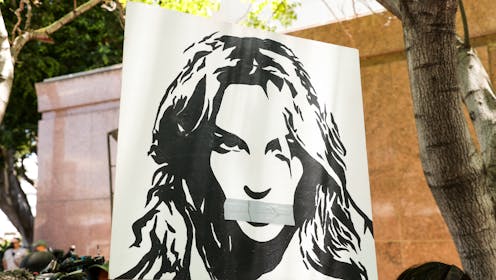Freeing Britney requires reconsidering how society thinks about decision-making capacity
- Written by Elyn Saks, Professor of Law, Psychology, and Psychiatry and the Behavioral Sciences, University of Southern California
 The stress and shame of conservatorships can sometimes do more harm than good to the people they're supposed to protect.Rich Fury/Staff via Getty Images Entertainment
The stress and shame of conservatorships can sometimes do more harm than good to the people they're supposed to protect.Rich Fury/Staff via Getty Images EntertainmentBritney Spears’ impassioned remarks in court have raised many questions about conservatorships, including when they’re necessary and whether they effectively protect...
Read more: Freeing Britney requires reconsidering how society thinks about decision-making capacity

















